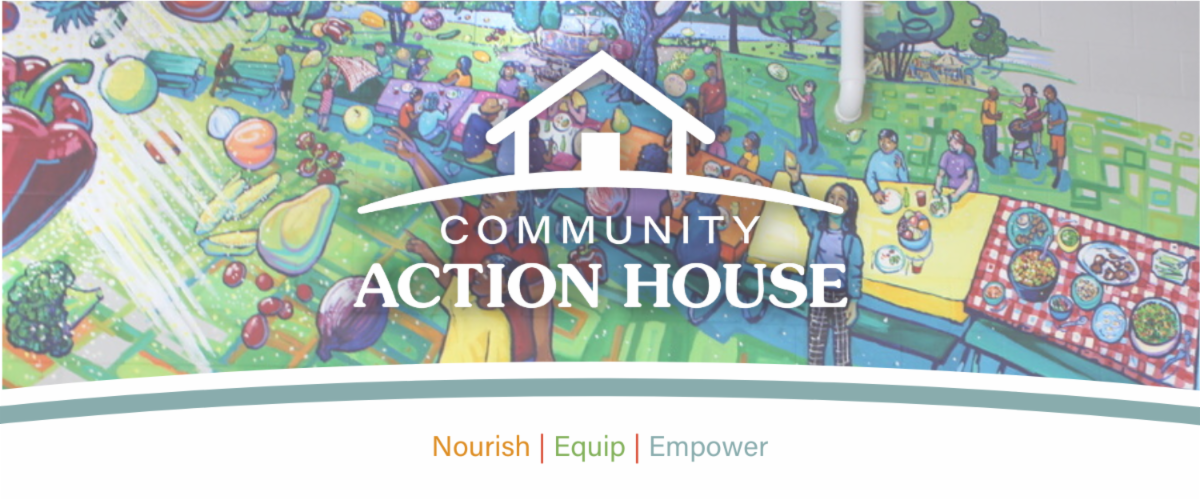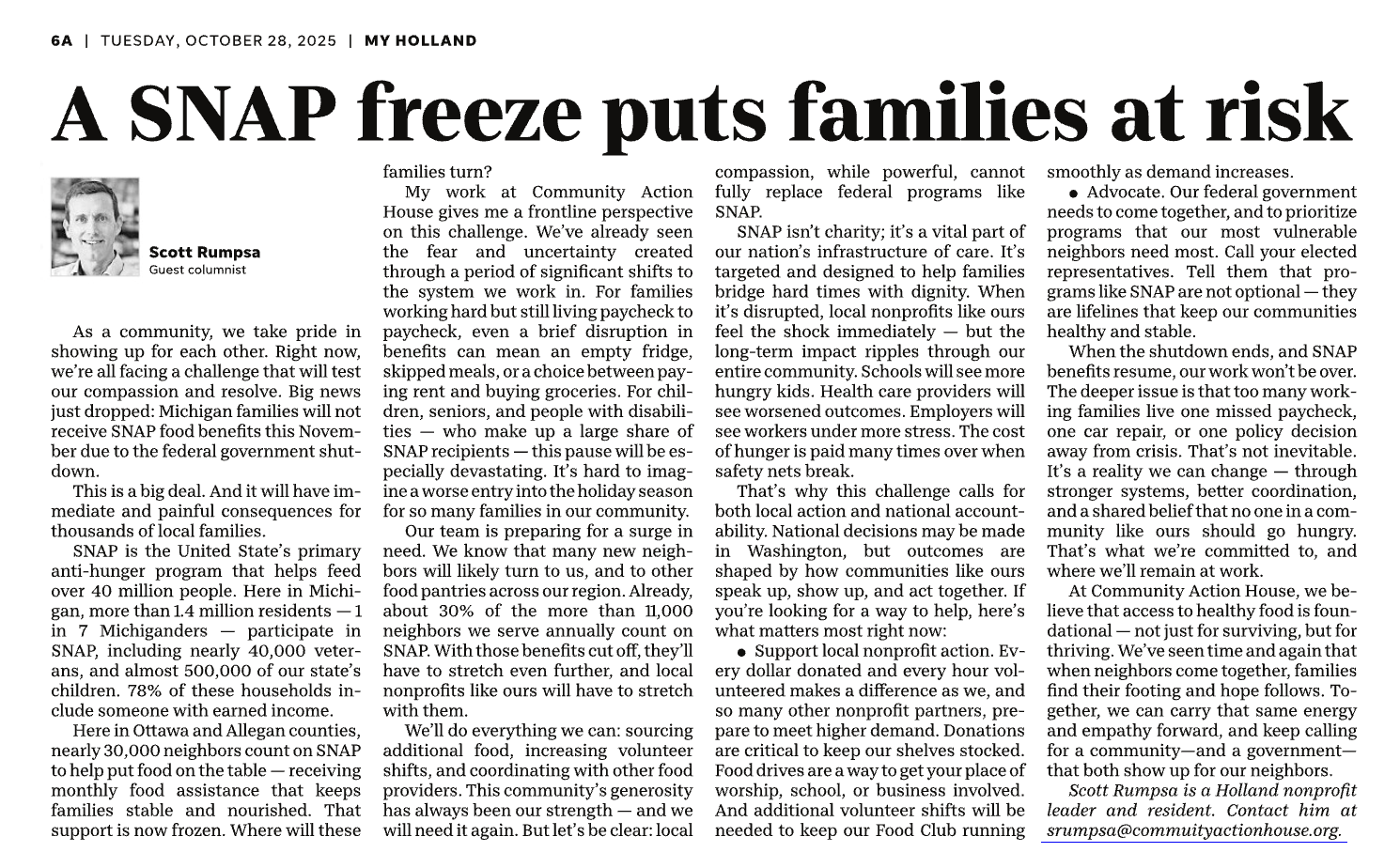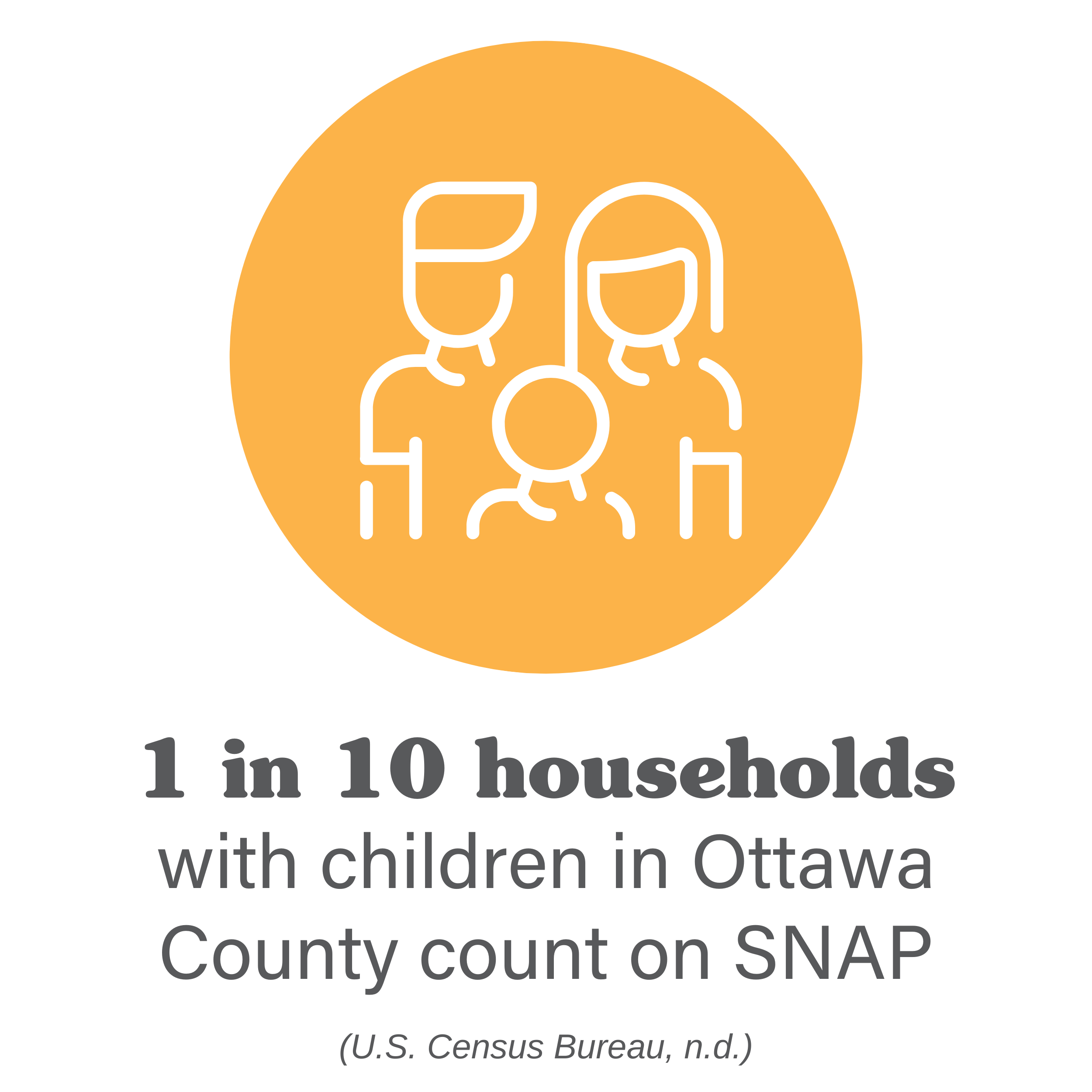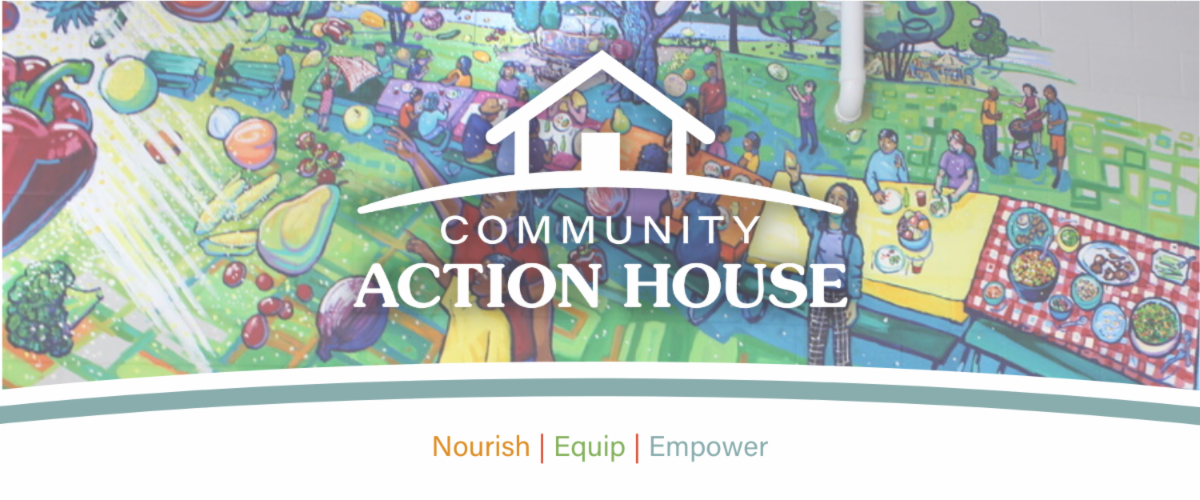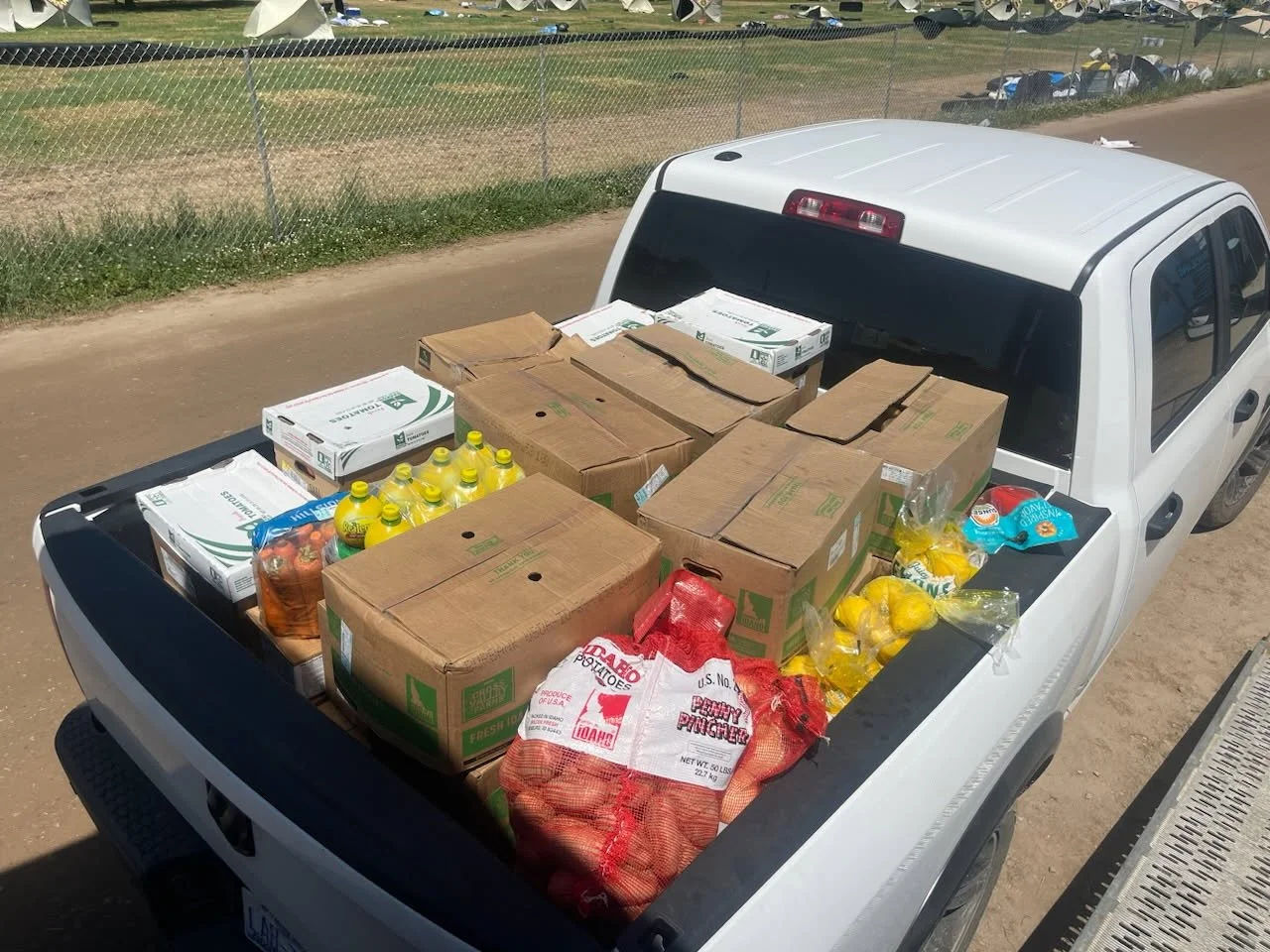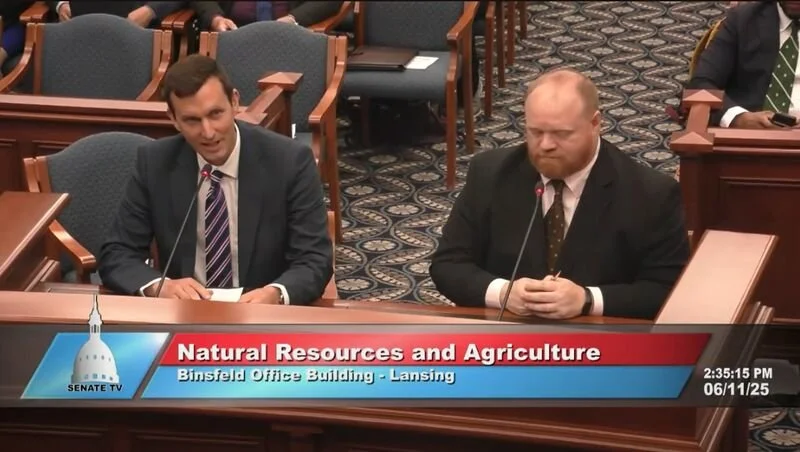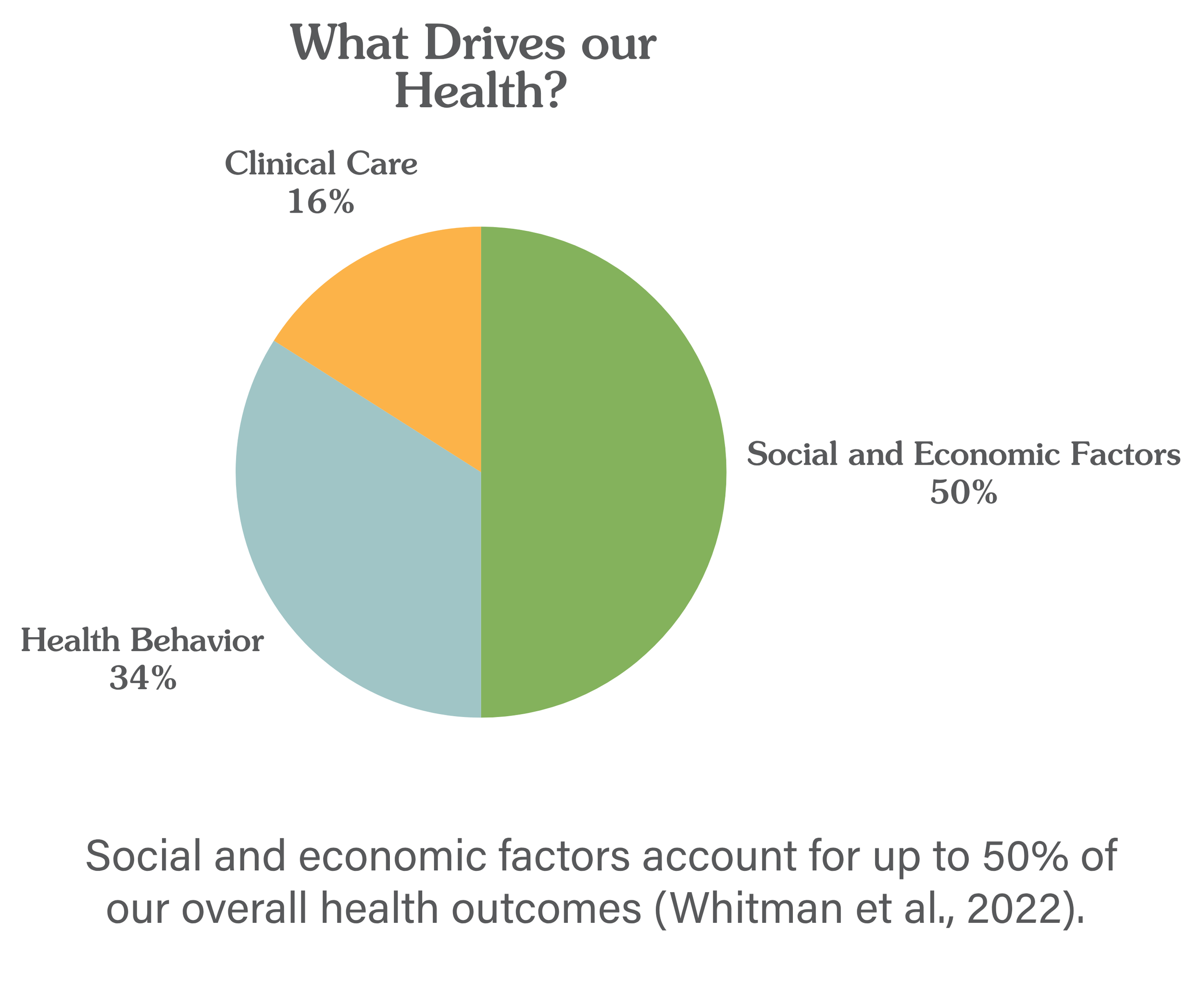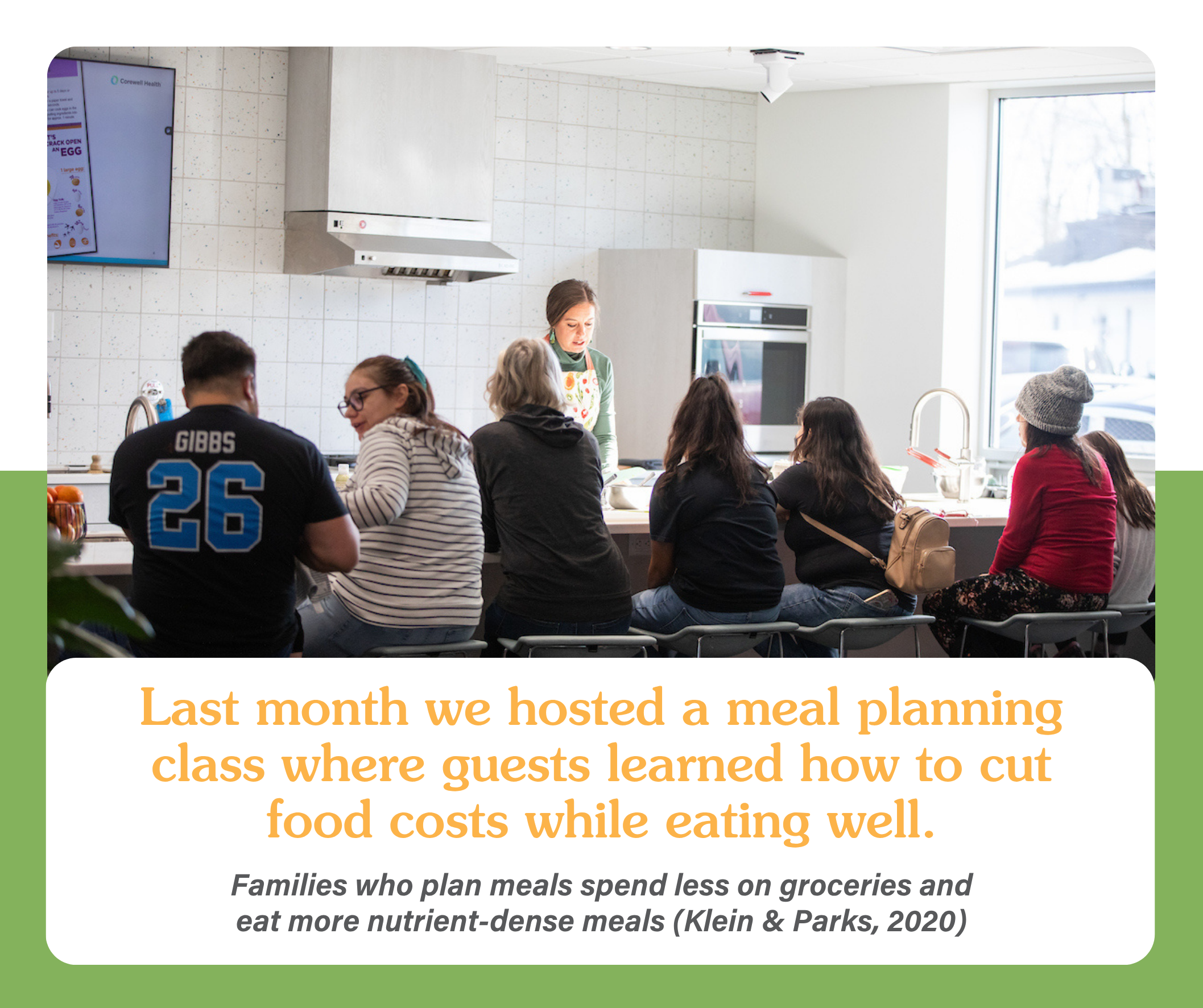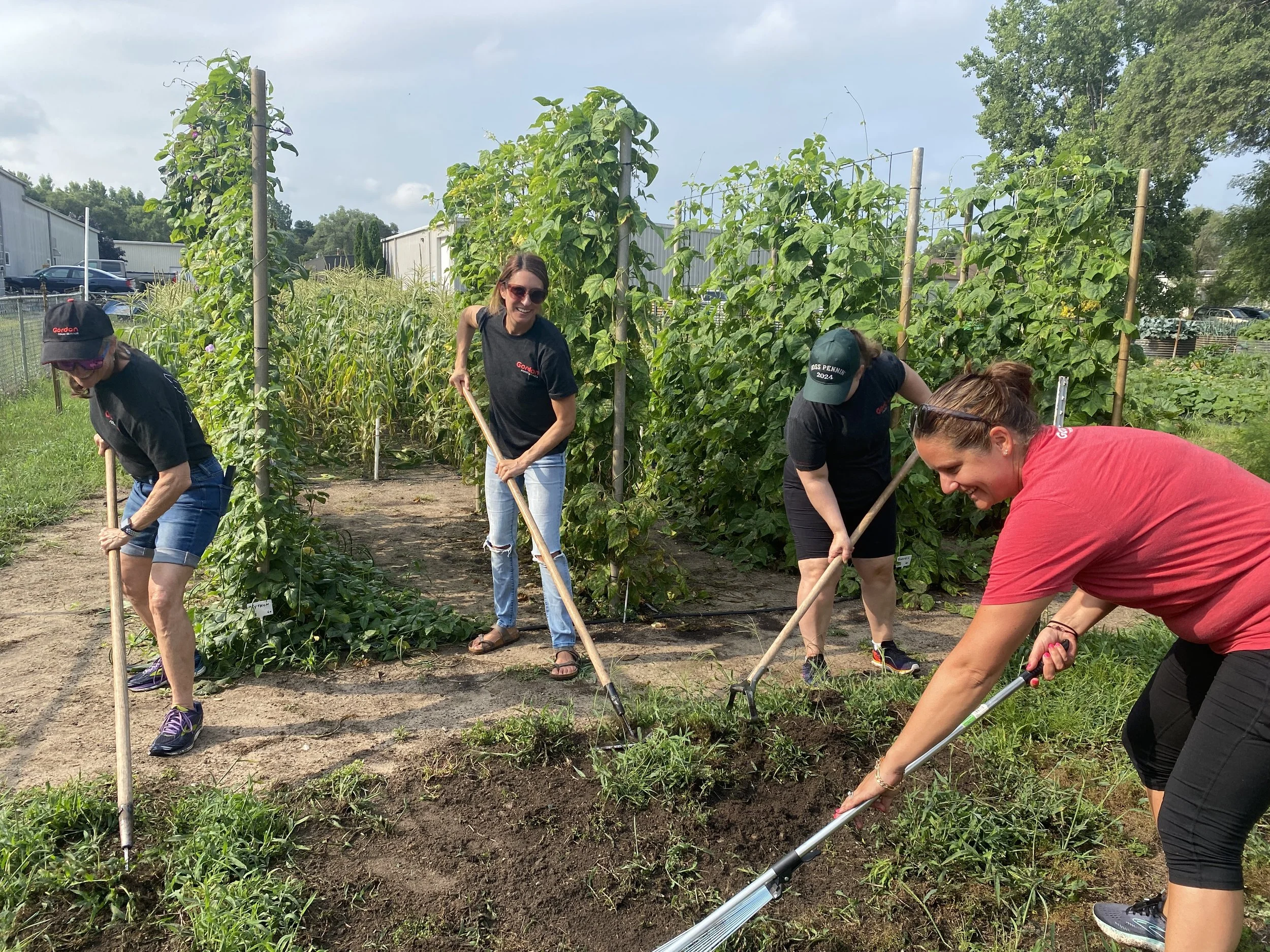Dear friends,
Next week, we’ll celebrate a major milestone: we’re breaking ground on our affordable housing project with Dwelling Place!
This effort, years in the making, is a big step forward for our guests, our team, and our community. Safe, affordable housing is out of reach for far too many families. Rising costs and limited availability forces families to make impossible decisions between essentials like food, safe housing, and more. Together, we’re creating solutions that allow all of our neighbors to build a strong foundation for their family.
In partnership with Dwelling Place, the City of Holland, Hope Church, and others, this development will add 52 units of urgently needed affordable rental housing. This project is the result of deep collaboration—and a collective belief, from our team, our partners, and our neighbors, that everyone deserves a safe place to call home.
One of the project sites is especially meaningful for our team and our community: our former food pantry on 14th Street. For over 30 years, this is where Action House met families with warmth, met urgent needs through food and clothing distribution, and served so many families during the peak of COVID-19. Now, we’re honored that this same site will carry forward its legacy in a new way, providing families with safe, stable housing and a foundation for progress.
When our neighbors have a place to call home, it creates the space and stability needed to plan, to hope, and to build toward a brighter future:
Robert found stable housing, then was able to work with our team to file taxes and build a stronger financial foundation.
Allison secured a safe home, and was able to show up at her best for her new job.
Kelly found housing, then worked with our team to access healthy food, budget, and save.
You’re invited! We’d love for you to join us for the groundbreaking on December 5th from 12:00-1:00pm at 345 W 14th Street, Holland. We’ll gather for a short program, time to connect, and a first look at what’s ahead for this neighborhood and the families who will soon call it home.
Everyone deserves good food, a safe home, and a community that believes in their worth, dignity, and potential. Together, we’re building a community where all of our neighbors can thrive. Thank you for joining us in this work.
With gratitude,
Scott Rumpsa | CEO
P.S. - Community philanthropy is playing a big part in making this housing a reality. Out of a $1.2M goal, nearly $1M has already been committed. If you or someone you know would be interested in helping close the remaining gap, let us know! All one-time investments in this campaign play a critical role in providing high-quality, affordable housing for families over the next 45+ years? Learn more and get in touch here.

